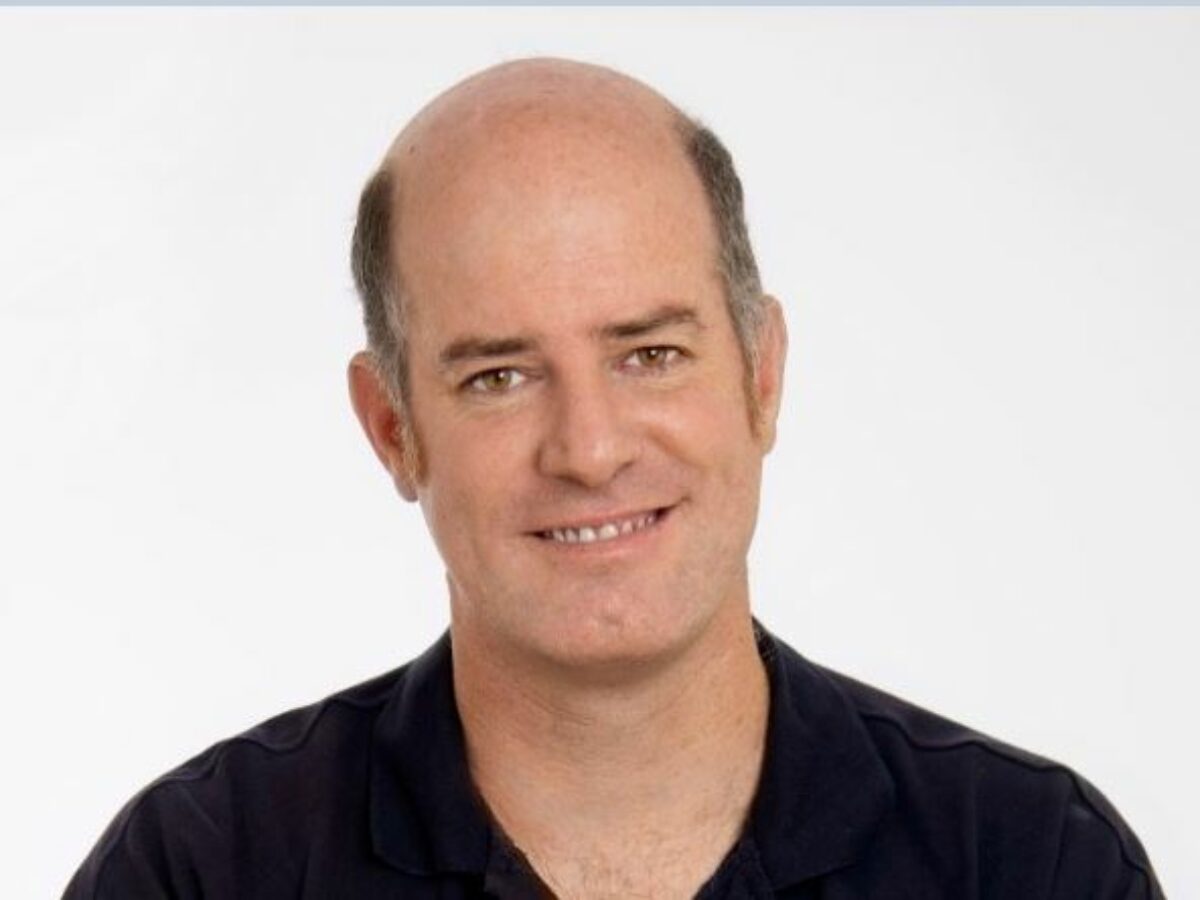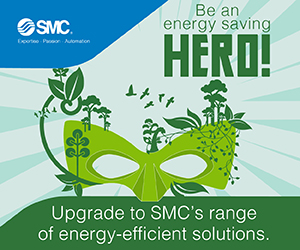Saving through smarter energy use – a future for our coal regions by James Bradley

With @AuManufacturing’s Saving through smarter energy use series coming to an end, we look at the big question for regional Australia – how to replace fossil fuels such as coal. Here James Bradley looks to a future for NSW’s Hunter region.
With the largest coal export port in the southern hemisphere, it is no secret that much of the industry in the Hunter Valley region is driven by coal mining and export as well as a large chunk of NSW’s energy production.
Historically this has driven great economic benefit to the whole region.
With growing pressure internationally on emission reduction this also puts the long term prospect of the Hunter’s economic engine room under similar pressure.
Much of the Hunter’s high-quality coal goes into steel manufacturing and is favoured for modern power stations.
If the use of coal is going to reduce over time, and it is, what does the Hunter region do to replace its engine room? It makes sense to embrace the very thing that is displacing coal.
If you listen to some of the media and political rhetoric you could be forgiven for thinking it is all doom and gloom.
The truth is, it does not really matter what lobbyists on both sides say, markets are changing whether we like it or not.
According to the International Energy Associations Coal 2020 report, the global use of coal started to decline in 2019 with forecasts to 2025 either continuing to decline or flattening across various markets.
In the background there are numerous renewable energy companies making the Hunter their home to set up their manufacturing facilities.
The reasons are many, though importantly, the region has a strong industrial skills base, excellent energy research facilities at both the University of Newcastle and CSIRO energy centre. Being a great place to live also certainly helps.
There are already two companies commercialising technology from research conducted at the university: Diffuse Energy — Australia’s only small wind turbine manufacturer and MGA Thermal — a new large scale thermal storage technology. Both have set up to scale locally.
Forming companies out universities is not typical in Australia, though many companies partner with researchers to improve or develop products.
There are also several battery companies who have or are in the process of setting up and several technology companies making devices to solve a variety of energy problems.
Beyond Zero Emissions is lobbying to build an energy precinct in the region to encourage more companies to manufacture and collaborate. This is part of their million jobs plan centred around the burgeoning renewable sector.
We at Diffuse Energy use a local supply chain of manufacturers who certainly are not used to making parts for small wind turbines but are quite excited to do so. We have also engaged local electronic and industrial design companies.
What we have now is a globally market-leading turbine and control system. It should be said that the previously mentioned companies also have technologies that are global leaders.
The point here is that we absolutely have the skillset to create and manufacture renewable energy products with global impact.
So, we can still be the biggest exporter of energy in the southern hemisphere — it will just take a different form.
James Bradley is a engineer who has worked in the research and company sides of innovation and commercialisation including at CSIRO. James is co-founder of Diffuse Energy which manufactures efficient, cost effective and quiet small wind turbines.
Picture: James Bradley
Subscribe to our free @AuManufacturing newsletter here.
@AuManufacturing’s editorial series – Saving through smarter energy use – is brought to you with the support of SMC Corporation.
@aumanufacturing Sections
Analysis and Commentary Awards Defence Manufacturing News Podcast Technology Videos







